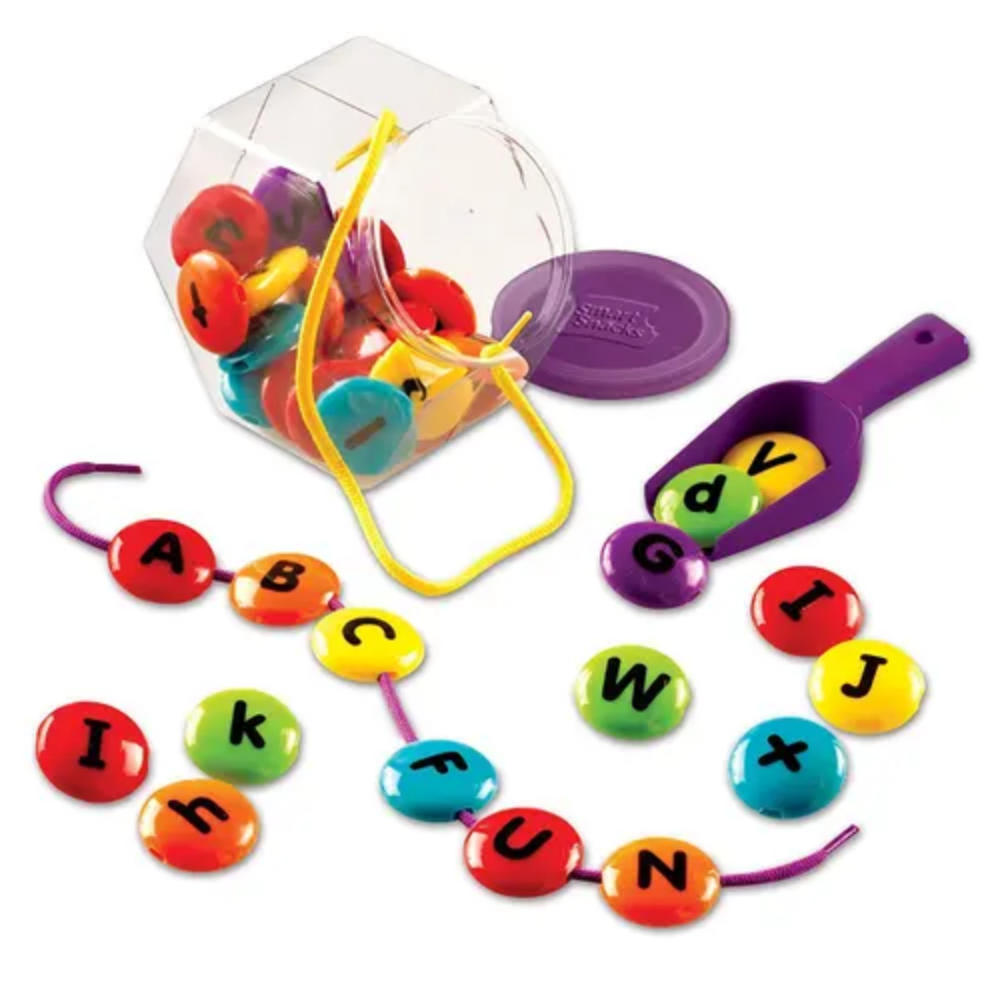
Little Faces, Big Feelings!
- Gabrielle Fischer Posted On Mar 4, 2021 | Social-Emotional Learning
Let’s face it, even though toddlers may be little, they sure have a lot of big feelings. You’ve been there, right? One minute your child is on top of the world having a kitchen dance party and smiling from ear to ear, and the next minute they’re on the floor crying because you put the wrong stuffed animal on their bed. These feelings are real, and not only are they hard for us parents to deal with, but they’re also hard for our little ones to understand.
Now, these meltdowns aren’t completely avoidable during those early years, but by beginning to teach your child about emotions early on, you can take the right steps to help them deal with all of these big feelings a little bit better.
Want to know one of the best ways you can start working on emotions with your child? Through pretend play! Play is the best way for children to learn, so it’s no surprise that it’s a great way for your child to learn to identify and deal with their big emotions.
Products from Learning Resources to Help Your Little One Identify Their Feelings:
Just like your child, this pineapple feels a lot of feelings! The Big Feelings Pineapple comes with 26 facial pieces to create various facial expressions, making it a perfect way to work on social-emotional learning. Tips for using the Big Feelings Pineapple:
- Talk about the face you are creating while you are creating it, “My pineapple feels happy. It has a smile on its face, and its eyebrows are raised up high!”
- Discuss the different items your child chooses, “Oh, I see you have heart eyes. Your pineapple feels loving. I feel loving when I’m with you!”
- Match the facial expressions that you place on the pineapple to the feelings chart that it comes with, or take it a step further and see if your child can identify their own feelings on the pineapple feelings chart.
These Learn-a-Lot Avocados are the sweetest! They come with four avocados that are the perfect size for little hands. With these avocado’s your child can develop fine motor, color matching, and social-emotional skills all at once. Each avocado has a spinning pit that features two unique emotions. Tips for using the Learn-a-Lot Avocados:
- Talk about opposite emotions, “This avocado feels sad. I feel sad when I make a mess. This avocado feels happy. I feel happy when my mess is all cleaned up!”
- Make a face (angry, happy, sad, etc.), and see if your child can find the avocado’s expression that matches yours!
- Make it into a game! Hide the avocado halves around the room, and see if your child can find them, “can you find the avocado who’s mad?”
Looking for additional ways to support your child’s social-emotional learning? Try these tips!
- “Name it to tame it!” This phrase was coined by author and psychiatrist Dr. Daniel Siegel, and it means exactly what it says. Label the emotions your child is feeling while they’re feeling them. By naming their feelings, your child will begin to associate the emotion’s label with the feeling they are experiencing. They will eventually start to identify and label these emotions themselves. So next time your child is crying because they ate their last fruit snack, try saying something like, “I see that you’re crying because your last fruit snack is gone. It makes me think you are feeling sad.”
- Let your child see and hear you talk about your own emotions! Talk about both the happy and sad feelings you experience. And know that it’s ok to let our children see us upset sometimes; by allowing them to see this, we are letting them know that it’s normal to experience these different feelings.
- Read books together and label the different emotions that the characters feel throughout the story. Simply start by identifying what you see within the story, “Peppa looks so happy to put her rain boots on. She is excited to jump outside in puddles!”
Social-emotional learning starts early. By applying these strategies within the play and daily activities, you can support your little one’s understanding of the big feelings they experience each and every day!
 Shop UK Site
Shop UK Site 









































